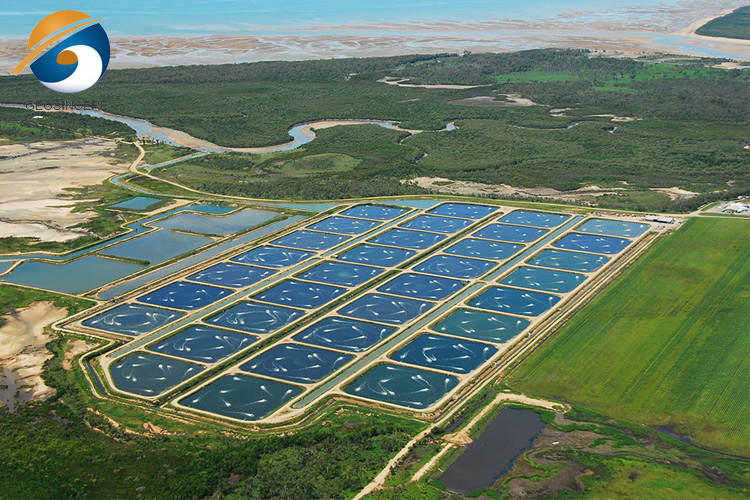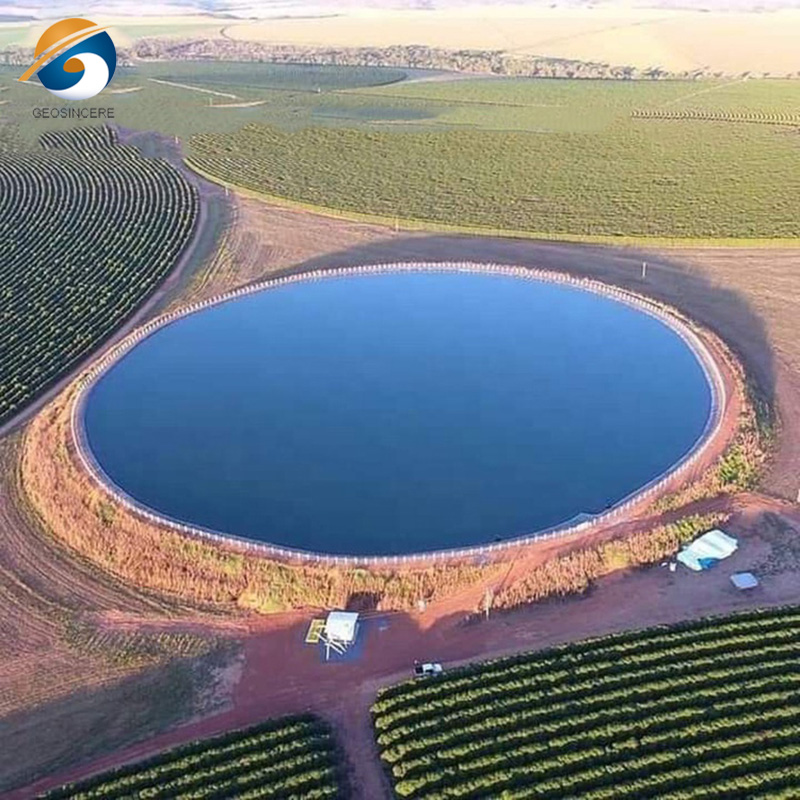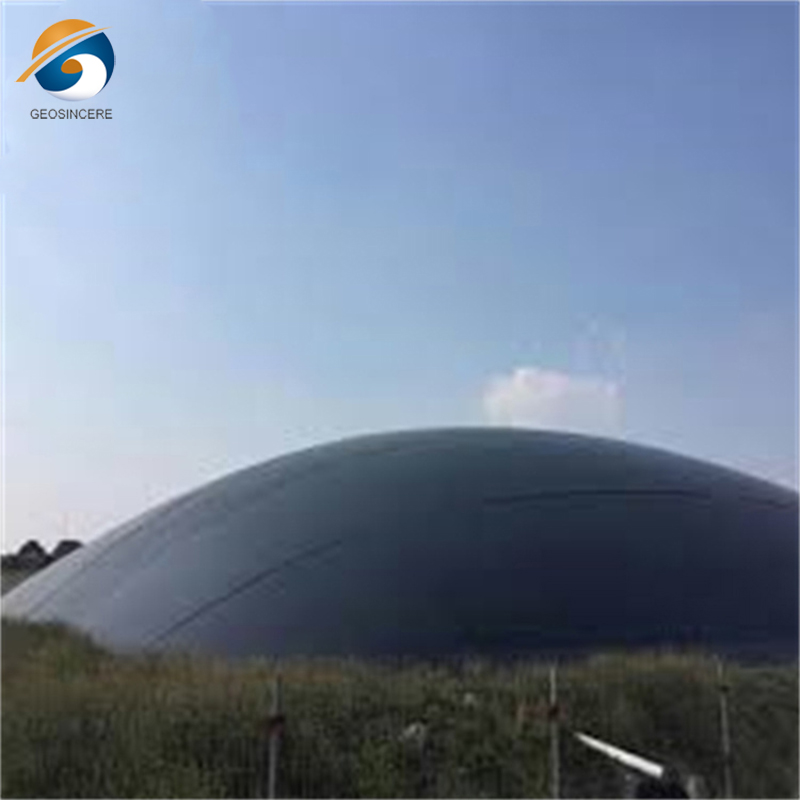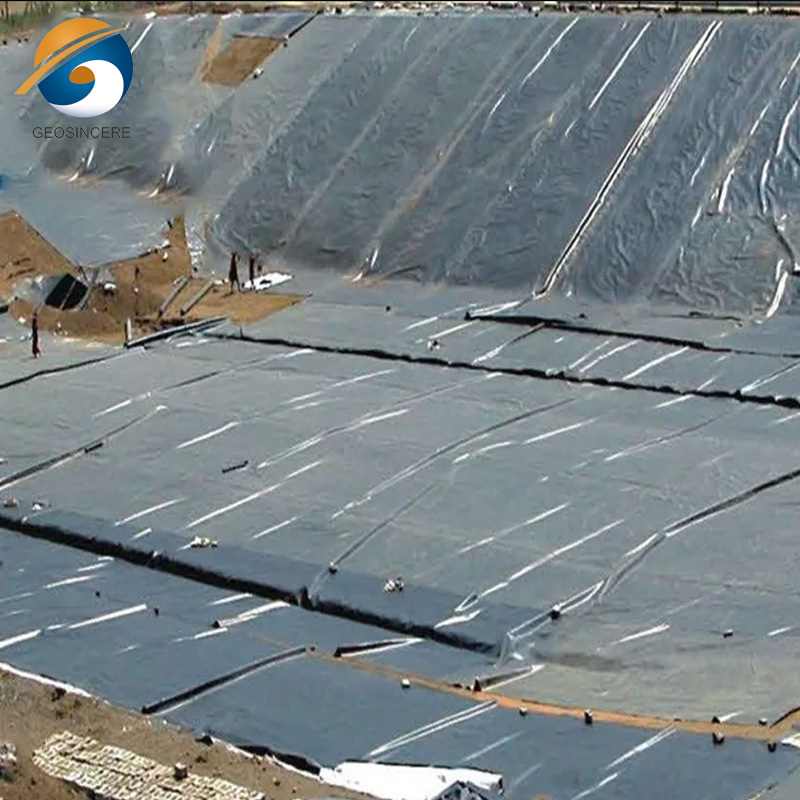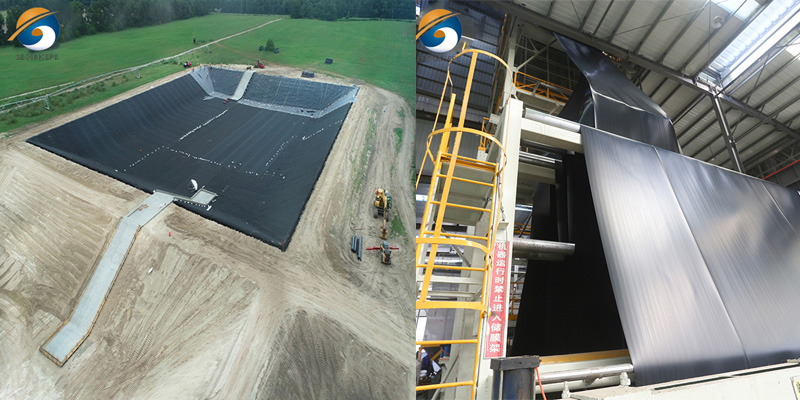What are The Benefits of Using Geomembrane Liners In Various Industries?
In an age of heightened environmental awareness and infrastructure development, one solution has quietly emerged as a game-changer across diverse industries: geomembrane liners. Geomembrane liners have become increasingly popular in various industries due to their numerous benefits. These impermeable synthetic membranes offer a versatile and effective solution for a wide range of applications, from environmental protection to industrial process containment.
As industries continue to navigate the complexities of balancing economic growth with environmental responsibility, the demand for innovative solutions like geomembrane liners is expected to surge. These remarkable materials are poised to play an increasingly vital role in shaping the future of various sectors, from mining and agriculture to energy and transportation.
1.What is Geomembrane Liners?
Geomembrane liners are thin, impermeable sheets made of various synthetic materials used to line the bottom and sides of waste containment facilities, such as landfills, surface impoundments, and wastewater treatment ponds. Their primary function is to act as a barrier, preventing the migration of liquids or gases between the contained waste and the surrounding environment.
Geomembranes are typically composed of high-density polyethylene (HDPE), linear low-density polyethylene (LLDPE), polyvinyl chloride (PVC), or other polymeric materials. They are engineered to be highly resistant to chemical, biological, and environmental degradation, ensuring long-term performance and durability.
Geomembrane liners play a crucial role in environmental protection by containing and isolating hazardous or potentially contaminating materials, preventing groundwater and soil pollution, and ensuring the safe management of waste materials.
2. Environmental Protection
The effective barrier properties and containment capabilities of geomembrane liners play a crucial role in safeguarding the surrounding environment, protecting soil, groundwater, and ecosystems from the adverse impacts of various industrial and waste management activities.
- Geomembranes act as an effective barrier, preventing the migration of liquids or gases:
- The highly impermeable nature of geomembranes creates a physical barrier that restricts the movement of contaminants, such as leachate from landfills or hazardous chemicals from industrial facilities.
- This barrier helps to protect the underlying soil, groundwater, and the surrounding ecosystem from potential contamination.
- They help in the containment and proper management of hazardous materials, industrial waste, and other potentially polluting substances:
- Geomembranes are widely used to line the bottom and sides of waste containment facilities, such as landfills, hazardous waste storage areas, and surface impoundments.
- By containing these potentially harmful materials within the designated areas, geomembranes prevent the uncontrolled release of pollutants into the environment.
- This ensures the safe and responsible management of industrial waste, hazardous chemicals, and other potentially contaminating substances, reducing the risk of environmental damage.
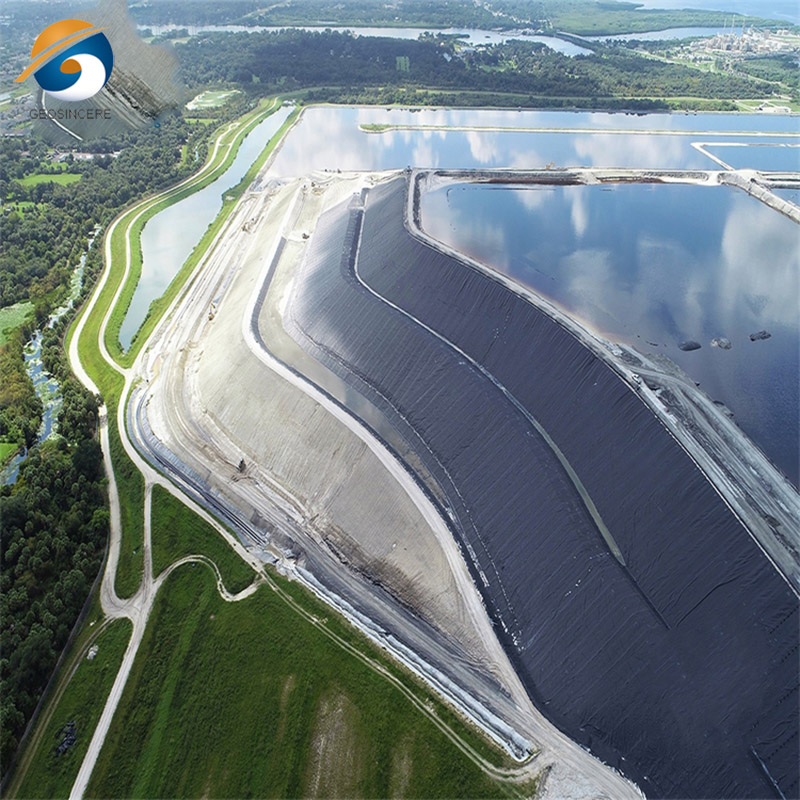
3. Leakage Prevention
The exceptional impermeability and containment capabilities of geomembrane liners are essential in reducing the risk of uncontrolled leaks or spills, making them a vital component in various industries with potentially hazardous materials or waste.
- Geomembranes are highly impermeable:
- The materials used in geomembranes, such as high-density polyethylene (HDPE) or polyvinyl chloride (PVC), are engineered to have extremely low permeability rates.
- This means that these materials effectively block the passage of liquids or gases, preventing them from migrating through the liner.
- Geomembranes ensure that any liquids or gases are contained within the designated areas:
- By creating a continuous, seamless barrier along the bottom and sides of containment facilities, geomembranes effectively hold the contained materials within the designated boundaries.
- This prevents the uncontrolled release of liquids or gases, reducing the risk of leaks or spills that could contaminate the surrounding environment.
- Leakage prevention is particularly important in industries such as landfills, waste management, and chemical storage facilities:
- In landfills, geomembranes help contain the leachate generated by decomposing waste, preventing it from seeping into the groundwater.
- In waste management and chemical storage facilities, geomembranes contain potentially hazardous liquids or gases, minimizing the risk of accidental releases.
- By effectively preventing leaks and spills, geomembranes play a crucial role in safeguarding the environment and protecting public health and safety in these critical industries.
4. Long-term Durability
The engineered resistance of geomembranes to various forms of degradation is a key factor in their suitability for applications that require long-term performance and integrity, such as in landfills and wastewater treatment ponds.
- Geomembranes are engineered to be resistant to chemical, biological, and environmental degradation:
- The materials used in geomembranes, such as HDPE and PVC, are specifically formulated to withstand a wide range of chemical exposures, including acids, bases, and other aggressive substances.
- They are also designed to resist biological degradation, such as microbial attack or decomposition, ensuring their integrity over time.
- Geomembranes are engineered to be resistant to environmental factors, including UV radiation, temperature extremes, and weathering, which can otherwise compromise the performance of less durable materials.
- This ensures their long-term performance and integrity:
- The exceptional resistance of geomembranes to various forms of degradation allows them to maintain their structural integrity and impermeability for extended periods.
- This is particularly important in applications that require a long service life, such as in landfills or wastewater treatment ponds, where the liner must remain effective for decades.
- Suitability for applications that require extended service life:
- The long-term durability of geomembranes makes them a suitable choice for containment facilities and environmental management systems that need to function reliably over an extended period.
- In these applications, the ability of geomembranes to withstand chemical, biological, and environmental stresses ensures the continued protection of the surrounding environment, even as the facility ages.
5. Versatility
The versatility of geomembranes, in terms of their wide range of industrial applications and the ability to tailor their properties, makes them a highly adaptable and valuable solution across numerous sectors, contributing to their widespread adoption in the industry.
- Geomembranes can be used in a wide range of industries:
- Waste management: Landfills, hazardous waste containment, surface impoundments, etc.
- Mining: Heap leaching, tailings ponds, and other mining-related applications.
- Agriculture: Irrigation canals, livestock watering ponds, manure lagoons, and more.
- Construction: Roofing, below-grade waterproofing, and other building applications.
- Environmental remediation: Containment and management of contaminated sites.
- Energy: Lining for oil and gas storage facilities, solar ponds, and geothermal applications.
- Geomembranes can be customized and tailored to meet specific requirements:
- They are available in a variety of materials, such as HDPE, PVC,LDPE and LLDPE, allowing selection based on the specific chemical and environmental conditions of the application.
- The thickness, texture, and other physical properties of geomembranes can be adjusted to accommodate different loads, site conditions, and performance requirements.
- Specialized geomembrane products, such as reinforced or textured varieties, can be used in applications that require enhanced mechanical or frictional properties.
- Customization also extends to the installation method, with geomembranes being suitable for various techniques, including thermal welding, adhesive bonding, and mechanical fastening.
6. Summary
As industries continue to prioritize sustainability and environmental responsibility, the demand for innovative solutions like geomembrane liners is expected to grow. With their ability to provide reliable containment, protect natural resources, and support the development of critical infrastructure, these versatile materials are poised to play an increasingly vital role in the years to come.

